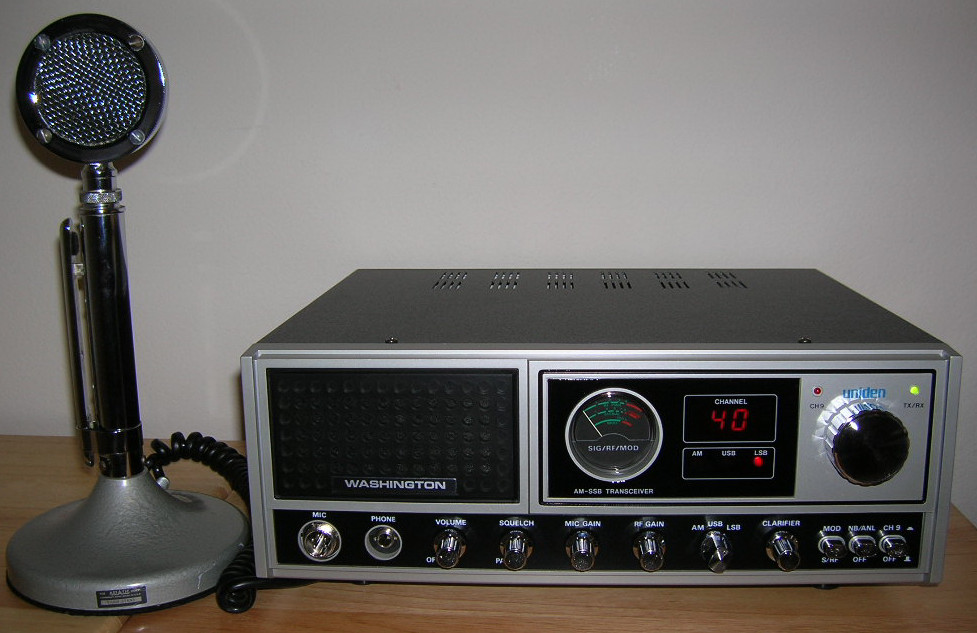
Given the numerous alternatives available to individuals today for communicating with one another, it’s natural to presume that CB rigs will not be at the top of anyone’s priority list. However, when cellular networks break down or get overcrowded with calls, CB sets rapidly show to be indispensable equipment. To serve the maximum number of possible users, current CB equipment provides several means to communicate with others.
As a result, two-way radios have been used in a wide variety of settings. Small business owners can utilize them to interact with field employees, whilst larger organizations may rely on them as a crucial second line of communication. Companies such as CB Radio Supply have stored a large number of high-tech CB radios that remain competitive with other technologies.
Define a Communication Mode
Message encoding systems, sometimes known as modes among CBers, are a means to convert spoken communications into something that can be transmitted over the radio. The most well-known of them is amplitude modulation, which is employed by both traditional AM broadcast outlets and a large number of shortwave radio stations. This basic technique turns noises directly into electrical voltages, which are then converted back into sound via a speaker at the other end.
Almost everyone with a CB set can utilize AM on all 40 channels; however, some of the other modes may be more appealing for certain applications.
Frequency Modulated CB signals
New CB rigs contain the ability to communicate via FM technology, which is similar to the method used to transmit music on commercial radio. FM receivers often catch a powerful signal and reject anything else on a channel, making them a preferable alternative for anyone looking to converse with other local stations. FM provides far higher audio quality than any other alternative.
Single-Sideband and Carrier Wave
So-called SSB broadcasts include half the information present in a typical AM signal. This allows CBers to divide any of the 40 channels as needed, as two SSB signals may fit in the same area as a single AM signal. Narrower signals also tend to travel further since they may carry more electrical power due to their narrower bandwidth.
While SSB has become the most popular mode for users who want to chat long distances on the standard 11-meter wavelengths used by most CB radios, licensed operators prefer 10-meter ham radios that broadcast carrier wave signals on somewhat shorter wavelengths. These employ intermittent bursts of high-frequency energy to deliver telegrams in Morse code, which, despite its seeming antiquity, remains a very efficient mode of communication.
Choosing the Right Gear for the Job With CB Radio Supply
Hobbyists, individuals, and even commercial users will all have various requirements. Thus, investing in the appropriate radio for the task is critical. Depending on their objectives, CBers will require a variety of test equipment, including standing-wave ratio meters and frequency counters. CB Radio Supply sells radios, mounting brackets, antennas, and even power supplies to assist in getting a station on the air. Visit them today to learn more about what it takes to be heard at 10 and 11 meters.
